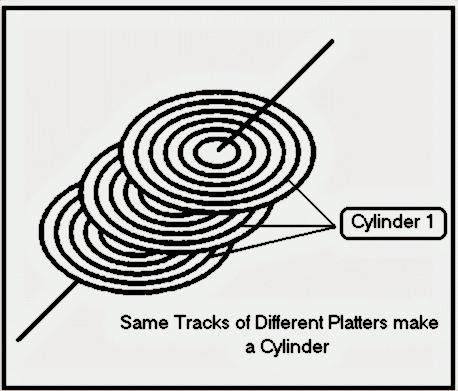In addition to the sectors, each containing the items described, space on each track is also used for servo information. The amount of space taken up by each sector for overhead items is important, because the more bits used for this management, the fewer overall that can be used for data.
This is the reason that the hard disk manufacturers strive to reduce the amount of non-user data information that must be stored on the disk. The percentage of bits on each disk that are used for data, as opposed to other things as described before is known as format efficiency. Therefore the higher format efficiency is an expected feature of a drive.
In the latest approach to get the higher format efficiency now days, the ID fields are removed from the sector format and instead of labeling each sector within the sector header a format map is stored in memory and referenced when a sector must be located.
This map also contains information about the sectors which have been marked bad and relocated where the sectors are relative to the location of servo information and so on. This approach not only improves format efficiency allowing up to 10% more data to be stored on the surface of each platter but also improves performance. Since this critical positioning information is present in high-speed memory, it can be accessed much more quickly.

Each platter of the hard disk uses two heads (except some special cases) to record and read data, one for the top of the platter and one for the bottom. The heads that access the platters are locked together on an assembly of head arms therefore all the heads move in and out together, so each head is always physically located at the same track number.
This is the reason that it is not possible to have one head at track 0 and another at track 1,000. Because of this arrangement, often the track location of the heads is not referred to as a track number but rather as a cylinder number.
|


